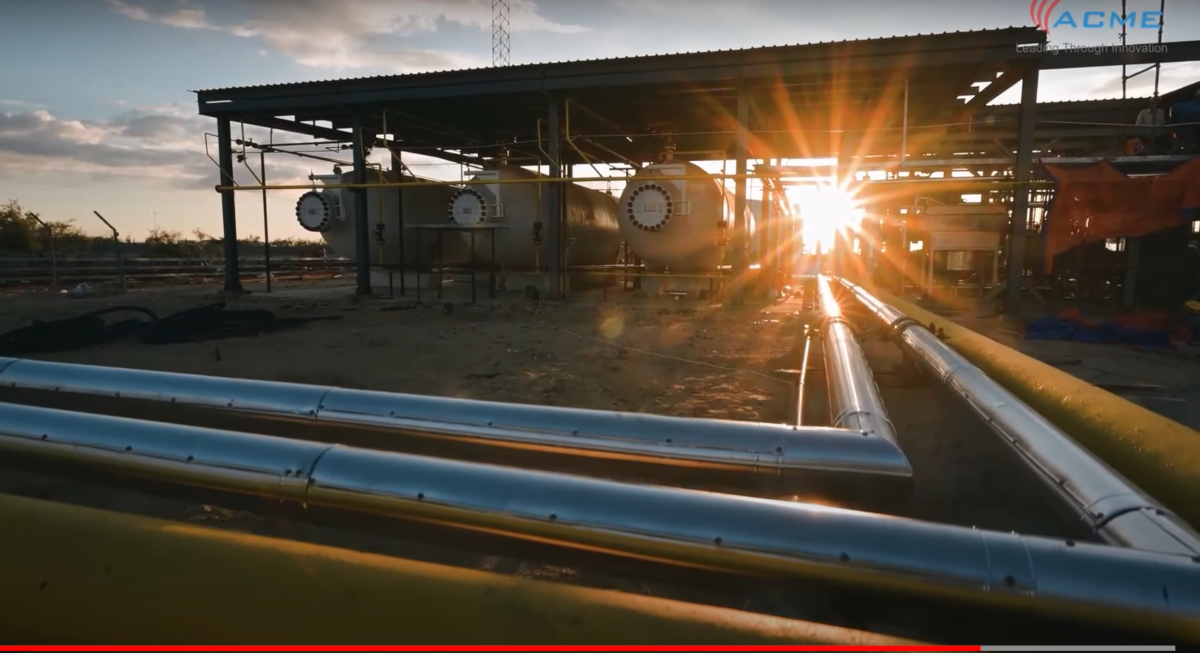The government can play a lead role in market development and driving the commercialization of green hydrogen, says the industry body India Hydrogen Alliance (IH2A).
The alliance recently submitted its National Green Hydrogen Hub Economic Viability and Development Plan to the Government of India, which emphasizes public-private partnership to accelerate the hydrogen economy and build five large national green hydrogen corporations with a collective enterprise value of $5 billion by 2030.
The Plan seeks public finance support to create the necessary infrastructure for green hydrogen production and offtake in the initial 2024-30 period and publicly list the national hydrogen corporations created as a result to fund the next wave of investments to scale up the hydrogen economy.
“Hydrogen hub production, storage, and evacuation infrastructure development will require govt participation (as equity partner), inducing demand by enabling guaranteed offtake for early defined volume, and incentives for infra development over first seven years (2024-30). Large-scale hubs will be commercially viable with offtake prices between $6-4.25 between 2024-30, for delivered green hydrogen prices, i.e. at demand or offtake point, as per preliminary estimates,” states the plan.
Speaking on the National Green Hydrogen Hub Economic Viability and Development Plan, Jill Evanko, chief executive and president of Chart Industries, and founding member, IH2A, said, “India can leapfrog other economies on green hydrogen development by sharing the risks and rewards of green hydrogen project development between public and private sectors. Sustained public finance support for national hubs is crucial for financial viability.”
“India should announce at least one of these large-scale green hydrogen hubs during the G20 Summit this year. The Indian government stands to gain significantly from this approach, which demonstrates how India can create a National Green Hydrogen Unicorn within the next seven years.”
The National Green Hydrogen Hub Economic Viability and Development Plan was prepared by starting with a reference economic model of the Green Kochi Hydrogen Hub (GKH2) as a 50:50 venture between the government and private participants with a $468 million Capex outlay over a 20-year project period. The hub comprises a 150 MW electrolyzer capacity, storage and evacuation infrastructure, renewable energy inputs, green ammonia production plants, and offtake by industrial and mobility users. The Plan recommends similar large-scale green hydrogen hubs to be developed in Gujarat, Maharashtra, Karnataka, Tamil Nadu, and Andhra Pradesh.
The Green H2 Hub SPV is expected to produce an estimated 21,000 MT of green hydrogen annually. It will produce compressed gaseous hydrogen (for industrial use), green ammonia, and liquid hydrogen (for transport use).
Amrit Singh Deo, senior managing director, FTI Consulting, and IH2A Secretariat lead, said, “The economic modeling [in the plan] is based on few assumptions regarding public finance incentives, renewable energy costs, end-use offtake and project structuring on a public-private partnership format. The model is replicable and demonstrates that a financially viable green hydrogen hub can be designed and built. The model can be supported with techno-commercial studies and should accelerate project development.”
IH2A has submitted proposals for state-level green ammonia and hydrogen hubs to Gujarat, Maharashtra, Andhra Pradesh, Karnataka, Kerala, and Tamil Nadu.
Public finance support, in form of CAPEX and offtake incentives, for National Green H2 Hubs, is crucial for creating financially viable green hydrogen infrastructure, especially in the initial 2024-2030 period.
This content is protected by copyright and may not be reused. If you want to cooperate with us and would like to reuse some of our content, please contact: editors@pv-magazine.com.









By submitting this form you agree to pv magazine using your data for the purposes of publishing your comment.
Your personal data will only be disclosed or otherwise transmitted to third parties for the purposes of spam filtering or if this is necessary for technical maintenance of the website. Any other transfer to third parties will not take place unless this is justified on the basis of applicable data protection regulations or if pv magazine is legally obliged to do so.
You may revoke this consent at any time with effect for the future, in which case your personal data will be deleted immediately. Otherwise, your data will be deleted if pv magazine has processed your request or the purpose of data storage is fulfilled.
Further information on data privacy can be found in our Data Protection Policy.